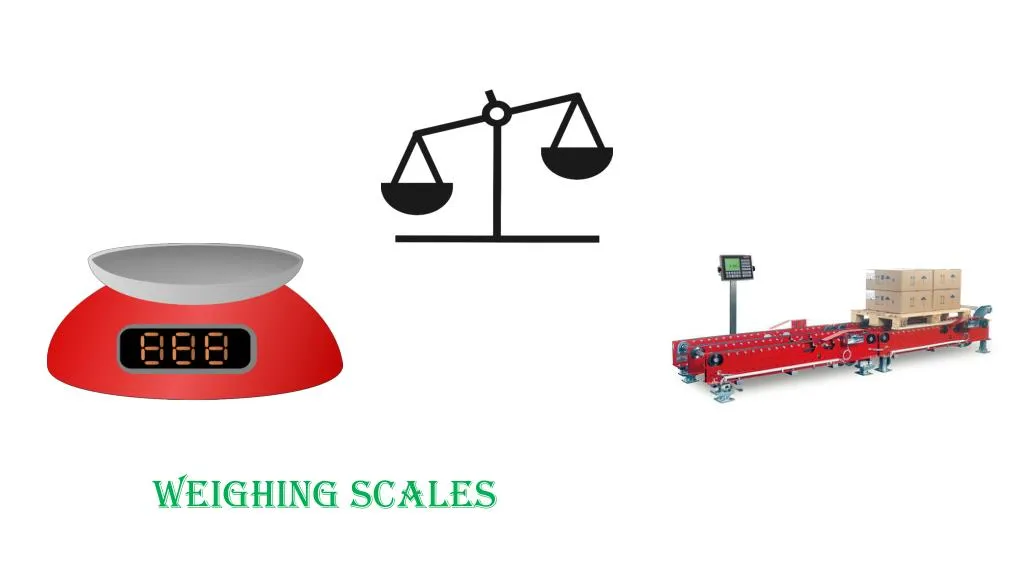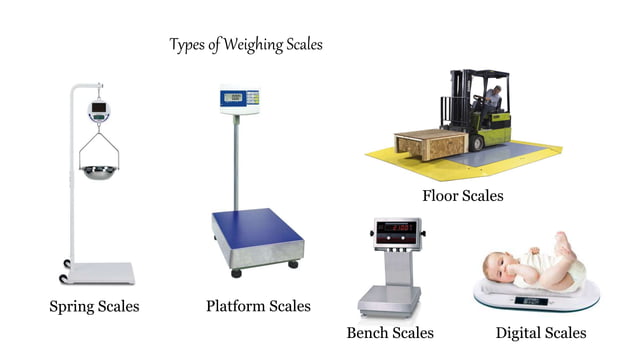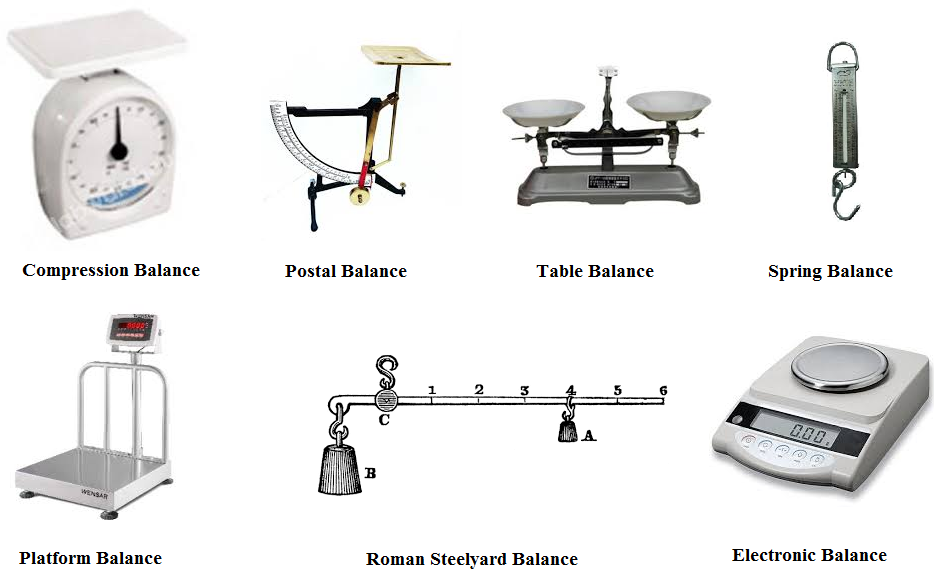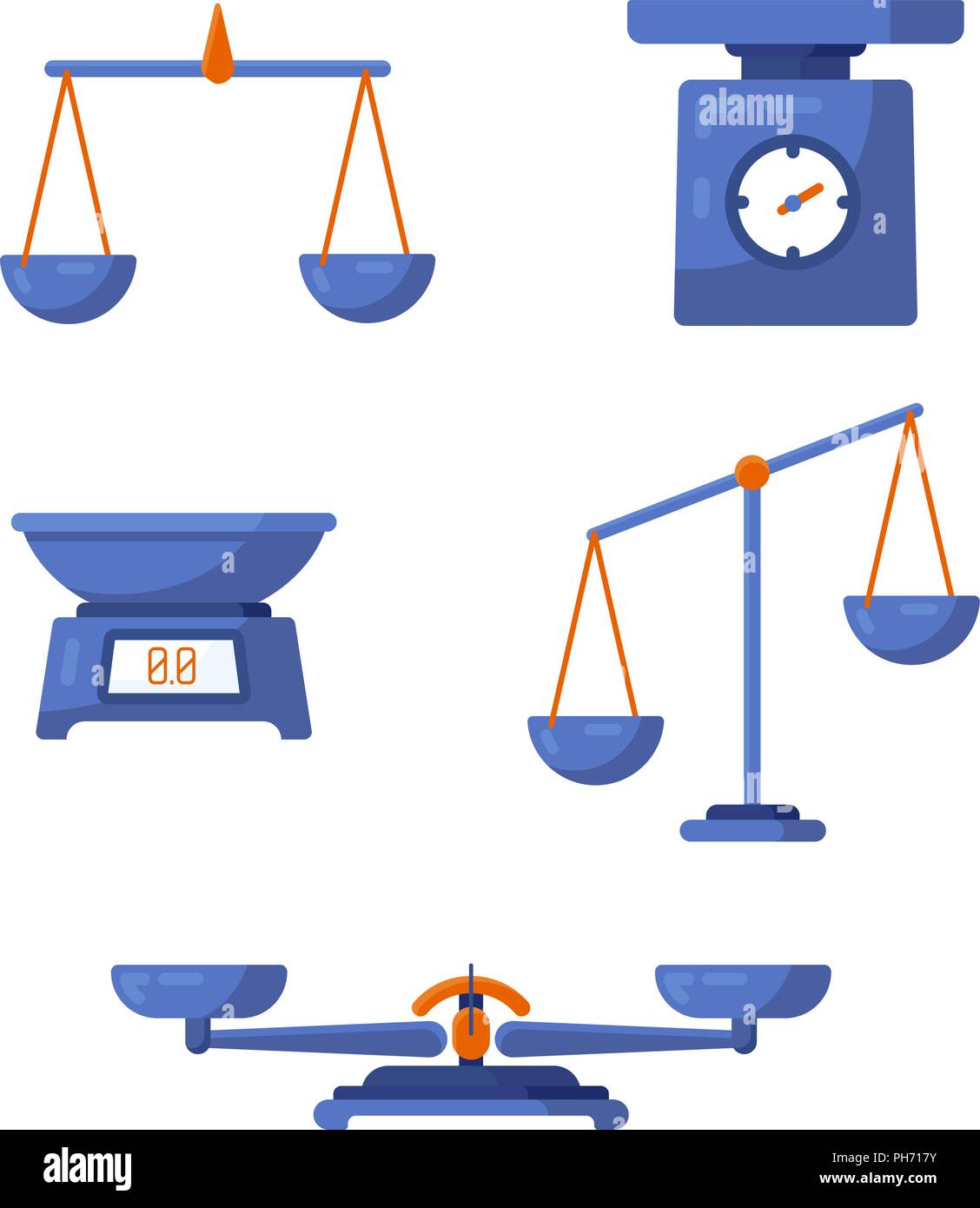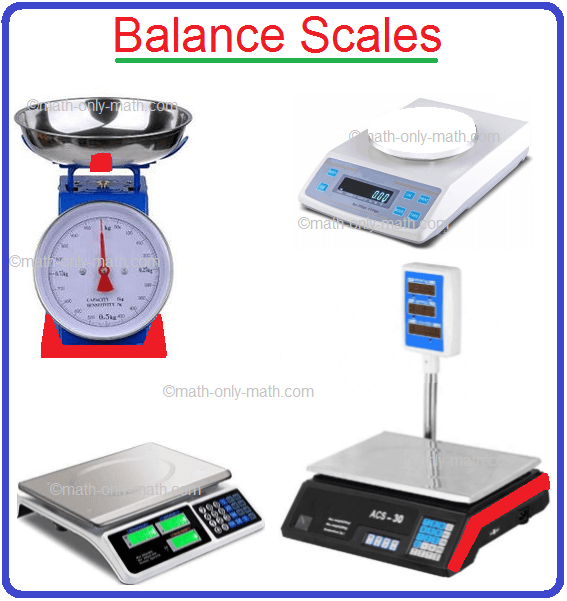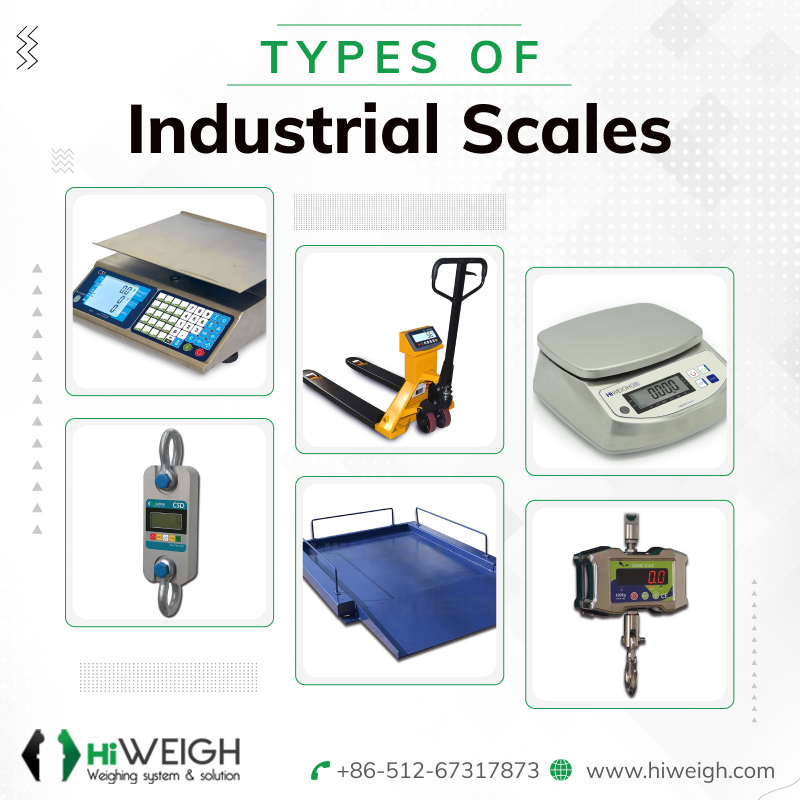Why Do Different Scales Weigh Differently

The aroma of freshly baked bread wafted through the air as Mrs. Gable carefully placed her prized sourdough loaf onto the digital kitchen scale. "1.2 kilograms," it read, a reassuring number after hours of meticulous preparation. Later that day, at the local farmers market, she weighed a similar loaf on the vendor's hefty balance scale. To her surprise, it registered a slightly different weight. A seed of curiosity was planted: why the discrepancy?
The seemingly simple question of why different scales might display varying weights opens a surprisingly complex door into the world of measurement science. This difference isn't necessarily about one scale being "wrong." It highlights the interplay of various factors, from calibration and design to environmental conditions and the very physics of how scales operate. Understanding these nuances is crucial for accuracy in everything from cooking and commerce to scientific research and healthcare.
The Foundations of Weighing: A Historical Perspective
Humans have been measuring weight for millennia. Early civilizations relied on balance scales, comparing the weight of an object against known weights. These scales, dating back to ancient Egypt and Mesopotamia, are remarkably accurate even today, provided they are well-maintained and used correctly.
The principle is simple: a beam, balanced on a central fulcrum, with pans suspended on either side. An unknown weight is placed on one pan, and known weights are added to the other until the beam is level. The sum of the known weights then equals the weight of the object.
The advent of spring scales marked a significant shift. These scales, which became widespread in the 18th and 19th centuries, use a spring to measure weight. When an object is placed on the scale, it compresses or extends the spring. This movement is translated into a weight reading, typically displayed on a dial.
Finally, the digital scale, leveraging electronic load cells, represents the modern frontier. Load cells convert the force exerted by an object into an electrical signal, which is then processed and displayed as a weight reading. These scales are known for their convenience and often boast high precision.
Calibration: The Key to Accuracy
Regardless of the type of scale, calibration is paramount. Calibration is the process of ensuring that a scale provides accurate readings by comparing its output to a known standard. This involves adjusting the scale to minimize any discrepancies.
Over time, all scales can drift out of calibration. This can be due to factors like wear and tear, changes in temperature, or even simple mishandling. Regular calibration, using certified weights, is essential to maintain accuracy.
For commercial scales, regulations often mandate regular calibration and inspection. Organizations like the National Institute of Standards and Technology (NIST) in the United States play a crucial role in setting standards for measurement and ensuring that scales used in trade are accurate.
Different Types, Different Sensitivities
The design of a scale inherently affects its sensitivity and accuracy. A precise analytical balance, used in laboratories, is designed to measure extremely small weight differences. These balances are often housed in enclosed cabinets to minimize the influence of air currents and vibrations.
Conversely, a truck scale, used to weigh vehicles, is built for ruggedness and high capacity. While it may not be as sensitive as an analytical balance, it's designed to withstand harsh conditions and provide reliable weight readings for heavy loads.
Even within the same category of scales, variations in design can impact accuracy. For example, some digital kitchen scales have more precise load cells than others, resulting in more consistent readings.
Environmental Influences: Gravity, Temperature, and More
Believe it or not, the force of gravity itself can influence weight measurements. Gravity varies slightly depending on location, altitude, and even local geological formations. A highly sensitive scale might register a slightly different weight for the same object in Denver, Colorado (at a higher altitude) compared to Miami, Florida (at sea level).
Temperature also plays a role. Temperature fluctuations can affect the performance of springs in mechanical scales and the sensitivity of load cells in digital scales. Some scales are designed to compensate for temperature variations, but this is not always the case.
Air currents, vibrations, and even the presence of static electricity can also introduce errors, particularly in high-precision weighing.
The Digital Domain: Precision and Potential Pitfalls
Digital scales offer remarkable precision and convenience. However, they are not immune to errors. The quality of the load cell, the resolution of the analog-to-digital converter, and the software used to process the signal all contribute to the overall accuracy of the scale.
Battery life can also affect digital scale performance. As the battery voltage drops, the accuracy of the readings may diminish. Low battery warnings are important indicators to maintain accuracy.
Moreover, digital scales can be susceptible to electronic interference. Proximity to other electronic devices or sources of electromagnetic radiation can sometimes disrupt the signal and lead to inaccurate readings.
Minimizing Discrepancies: Practical Tips
While perfectly consistent weight readings across different scales may be elusive, there are steps you can take to minimize discrepancies. First, ensure that the scale is placed on a level, stable surface. Avoid placing it near sources of vibration or drafts.
Second, use the scale within its specified operating temperature range. Extreme temperatures can affect accuracy. Third, calibrate the scale regularly, especially if you use it frequently or suspect it may be out of calibration. Many digital scales have a built-in calibration function that can be used with a known weight.
Finally, be mindful of the scale's limitations. Don't overload it beyond its maximum capacity, and be aware of its resolution (the smallest weight increment it can display). If you need extremely precise measurements, consider using a higher-quality scale specifically designed for that purpose.
Beyond the Numbers: The Significance of Accurate Measurement
The pursuit of accurate measurement goes far beyond mere curiosity. In commerce, accurate scales ensure fair transactions and prevent fraud. In healthcare, precise weight measurements are crucial for administering medications and monitoring patient health.
In scientific research, accurate weighing is fundamental to conducting experiments and obtaining reliable results. From formulating new drugs to developing new materials, precise measurements are essential for progress.
Even in everyday life, accurate scales play a vital role. From cooking and baking to managing our health and fitness, reliable weight measurements help us make informed decisions and achieve our goals.
A Balancing Act: Embracing Imperfection in Measurement
So, why do different scales weigh differently? The answer lies in a complex interplay of factors, from calibration and design to environmental influences and the inherent limitations of measurement technology. While achieving perfect consistency across all scales may be an unrealistic goal, understanding these nuances allows us to make informed choices and minimize discrepancies.
Mrs. Gable, armed with this new understanding, can now approach her baking with even greater confidence. She knows that slight variations in weight are inevitable, but with careful attention to detail and a well-calibrated scale, she can continue to create delicious sourdough loaves that bring joy to her community.
The quest for accurate measurement is a continuous journey, a balancing act between striving for precision and accepting the inherent imperfections of the physical world. It's a reminder that even in the realm of numbers, there's always room for a little bit of grace and understanding.
